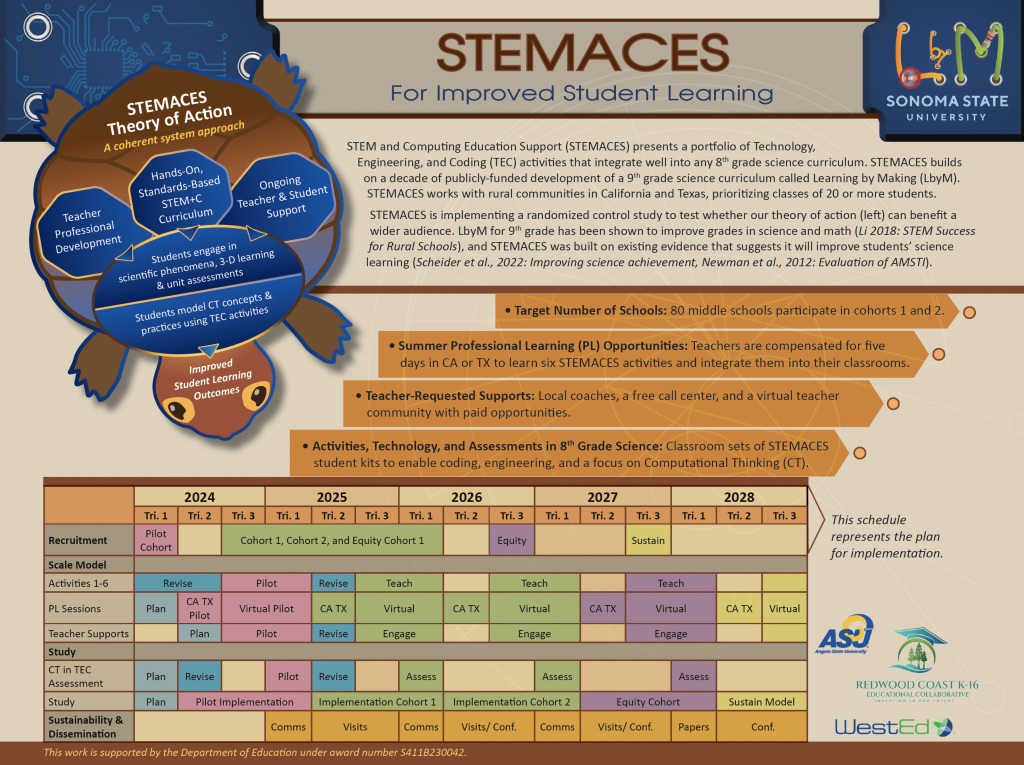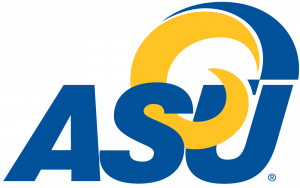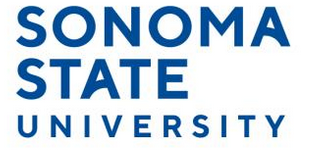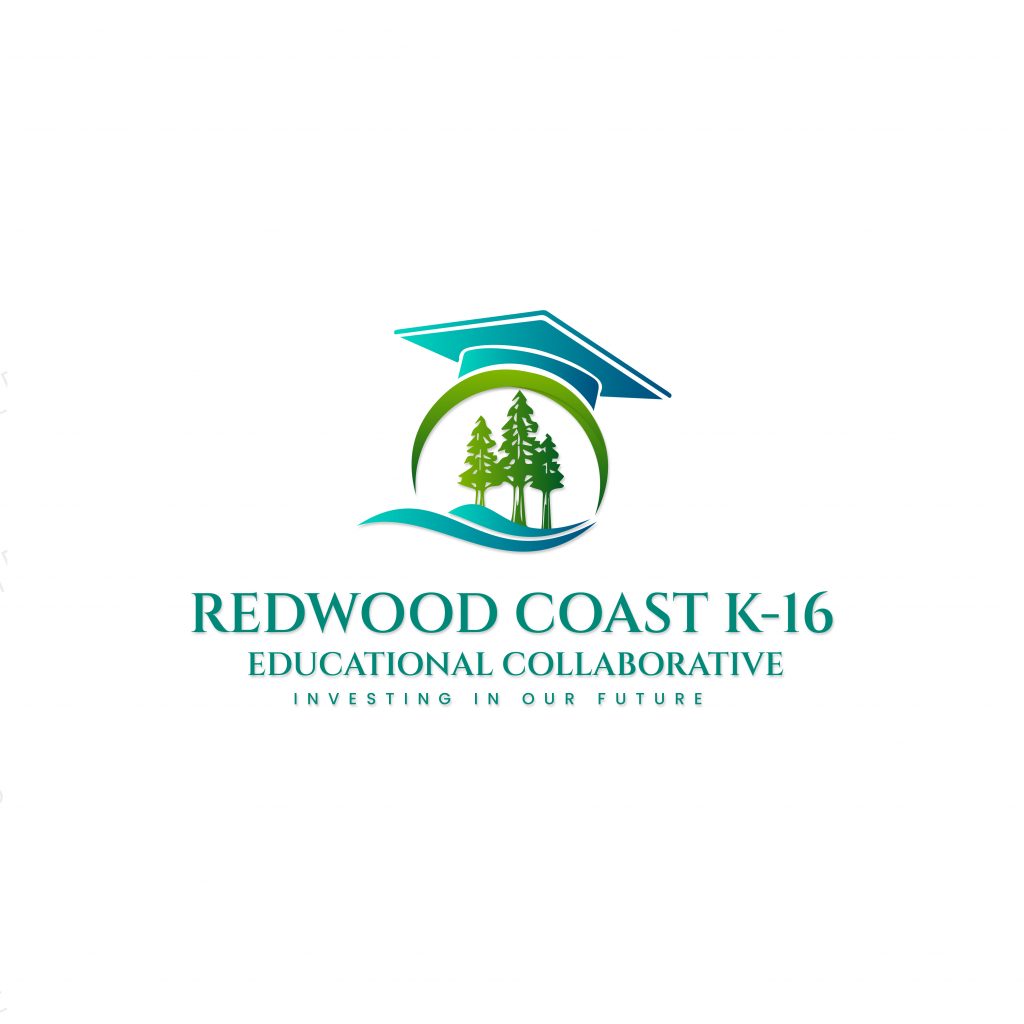STEMACES For Improved Science Learning
Science Technology Engineering Math And Computer Education Success (STEMACES) builds on Learning by Making (LbyM)’s decade of success in ninth-grade classrooms. What was a year-long curriculum in our ninth grade course has been simplified and transformed into a set of activities that teachers can pick and choose from to create their own plan for their eighth-grade classrooms. Following a few introductory lessons, students will have all of the supporting skills and background that they need to begin whatever project the teacher has in mind. This, ideally, empowers both teacher and student. We want students to experience and engage in the practices that engineers and scientists do “in the field, such as answering questions, solving challenges, and analyzing data. Science and engineering are not abstract ideas that only the few can do, but rather skills and knowledge that can be built over time. Ideally, students connect the work and things they learn in the classroom to real jobs and real careers, empowering them and igniting curiosities that can fuel lifelong pursuits of learning.

For more information about the STEMACES Theory of Action and a general schedule for implementation, see the STEMACES Infographic.
To learn more or sign up to participate in the study, please visit the STEMACES website: https://stemaces.sonoma.edu




Scaling an innovative STEM And Computing Education Support (STEMACES) Model for Improved Science Learning, an “Education Innovation and Research” (EIR) program, is funded by the U.S. Department of Education under award number S411B230042 to Sonoma State University, working in partnership with Angelo State University, and WestEd. Any opinions, findings, and conclusions or recommendations expressed in this material are those of the author(s) and do not necessarily reflect the views of the Department of Education.